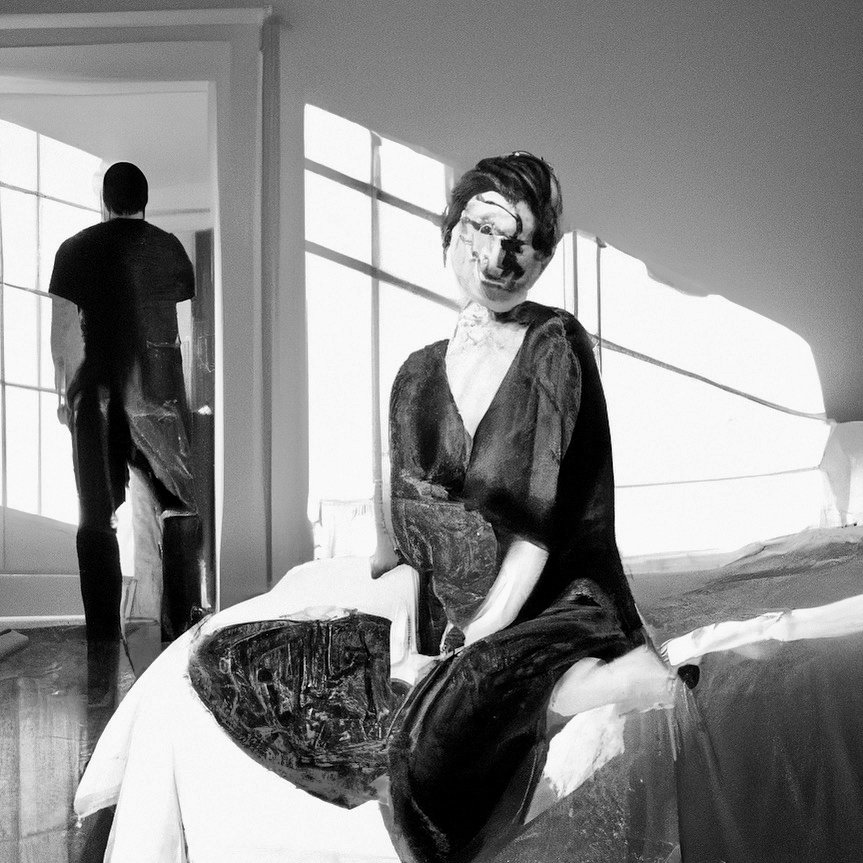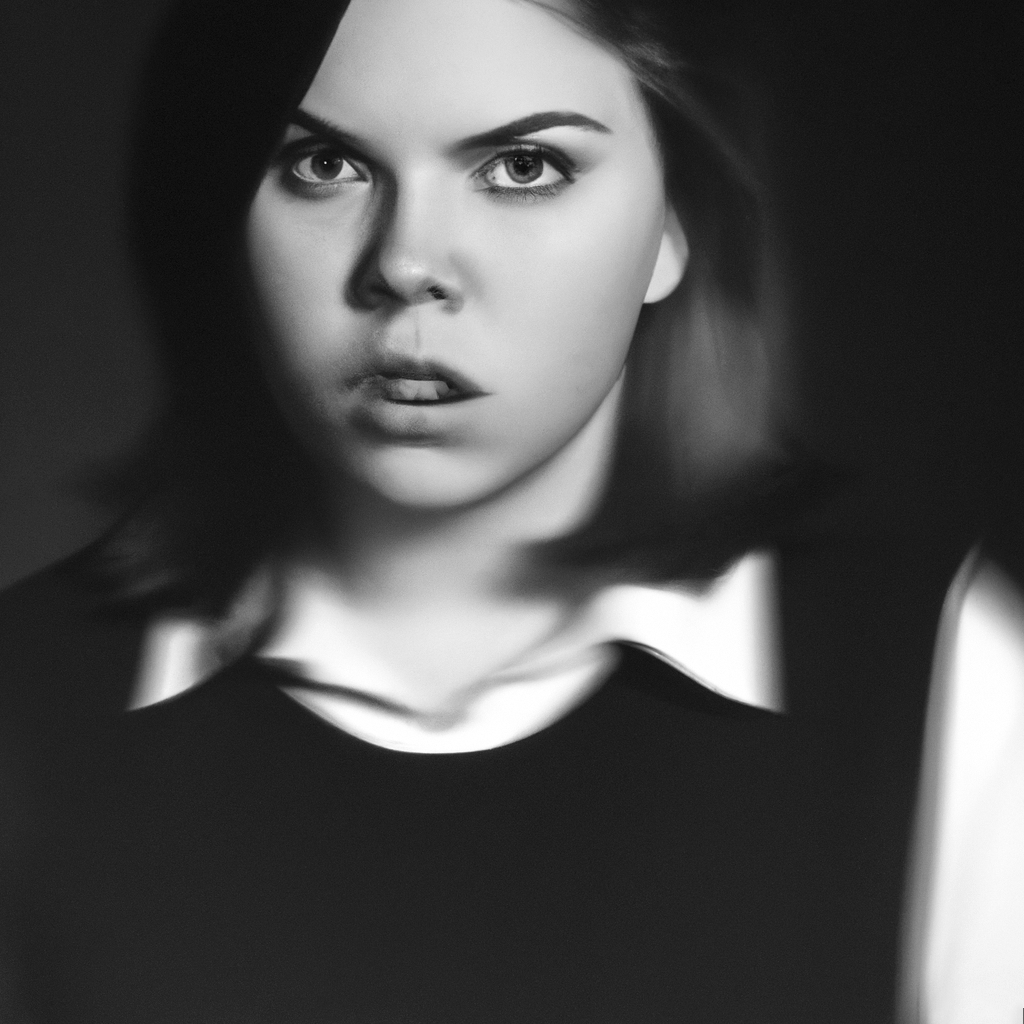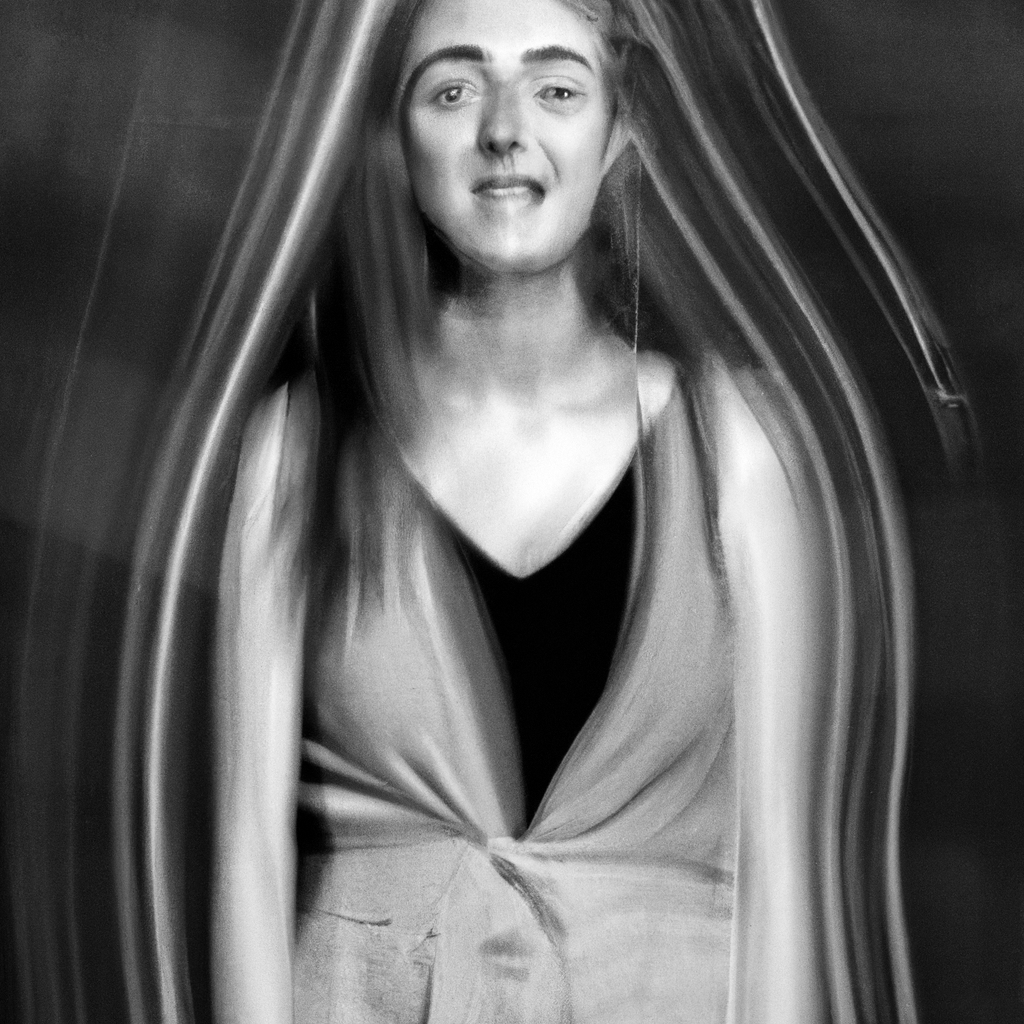Image created by Dall-e 2. Prompt by David Korchin.
Glitchy, surreal and not of this world. I’m trying to avoid perfectly rendered imaginings done by a mystery hand—keeping this output to a lo-fi experiment, means (for me) ensuring the viewer will always know who and what is behind the image-making.
These photos were not created through a lens of my own taking—a machine generated the scenes. I wrote the prompts, converted the results to B&W and removed the watermarks. It left me thinking about collaboration; no longer with assistants and models and producers and retouchers (don’t forget editors and reps) but with lines of code, with a system beneath my touchpad and at the end of a wire.
Though I had less to do with bringing these subjects into the world, I feel empathy with who they are (or were; the algorithm assembles from images it’s fed). But I asked a machine to usher them onto the screen. I guess I feel responsible for how they’ll inhabit this world.





